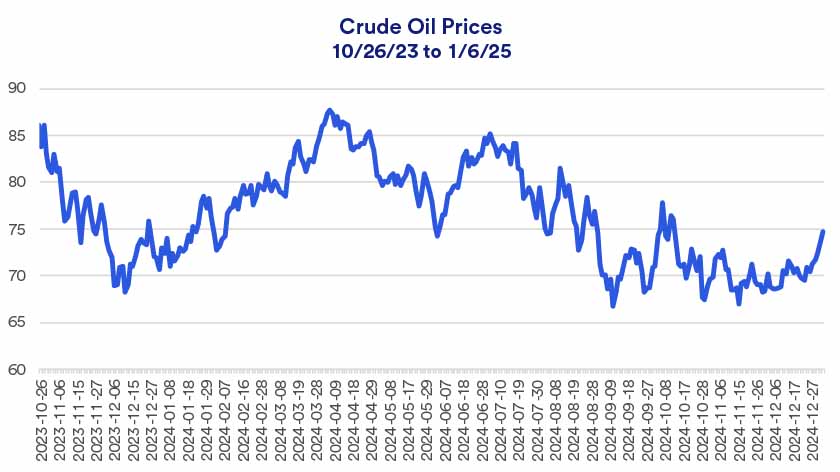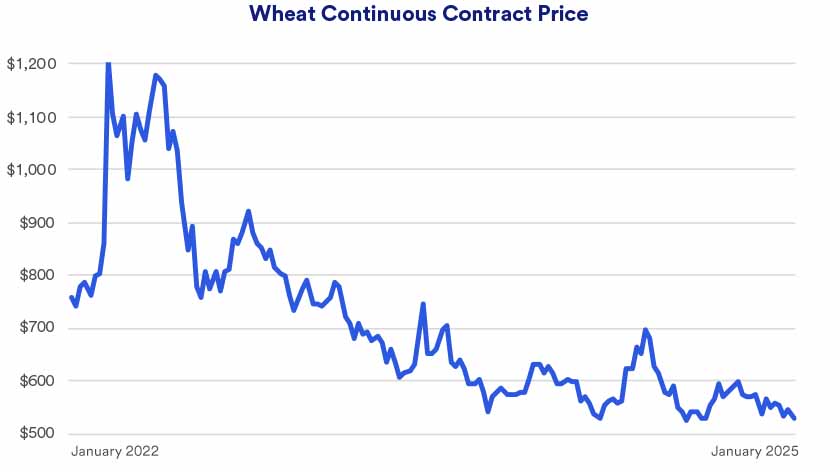The geopolitical landscape is shifting as new leaders come to power across the globe amid persistent world tensions.
“2024 was notable because a meaningful proportion of the world, the U.S. included, held elections that resulted in changed leadership,” notes Rob Haworth, senior investment strategy director with U.S. Bank Asset Management.” While Haworth says 2025 may include fewer consequential global elections, “there are countries where additional changes could occur, such as South Korea, Germany, France and Canada.”
In the Middle East, military action expanded beyond the Israel-Hamas battle in the Gaza Strip to include Israeli attacks on Lebanon to directly confront Hezbollah. Israel and Iran have also exchanged air strikes. Separately, rebels in Syria overthrew the government of longtime leader Bashar al-Assad, leading to his ouster, but adding to uncertainty about the country’s direction and whether it could have regional ramifications.
As the war between Russia and Ukraine approaches its third anniversary, Trump has made strong statements about his desire to end the conflict. The terms of such a conclusion are unclear and many speculate he’ll be less supportive of Ukraine’s efforts than was outgoing President Joe Biden. Biden recently approved Ukraine’s use of long-range U.S. missiles in Russian territory and, in the weeks before leaving office, provided additional financial support to Ukraine. In response, Russian President Vladimir Putin hinted at the increased risk of Russia using tactical nuclear weapons, raising the risk of a widening conflict. In addition, he brought in North Korean troops to assist Russia’s war effort.





